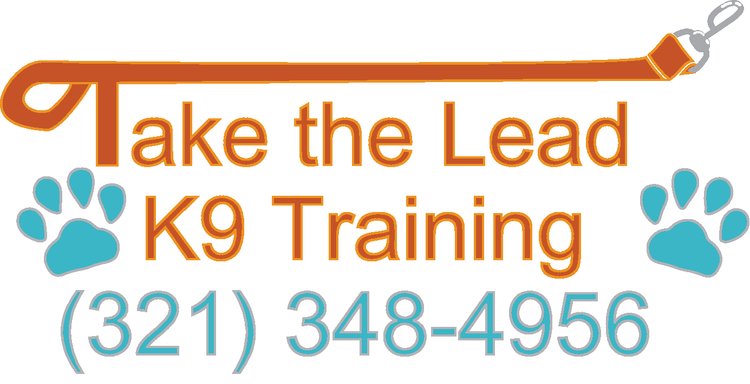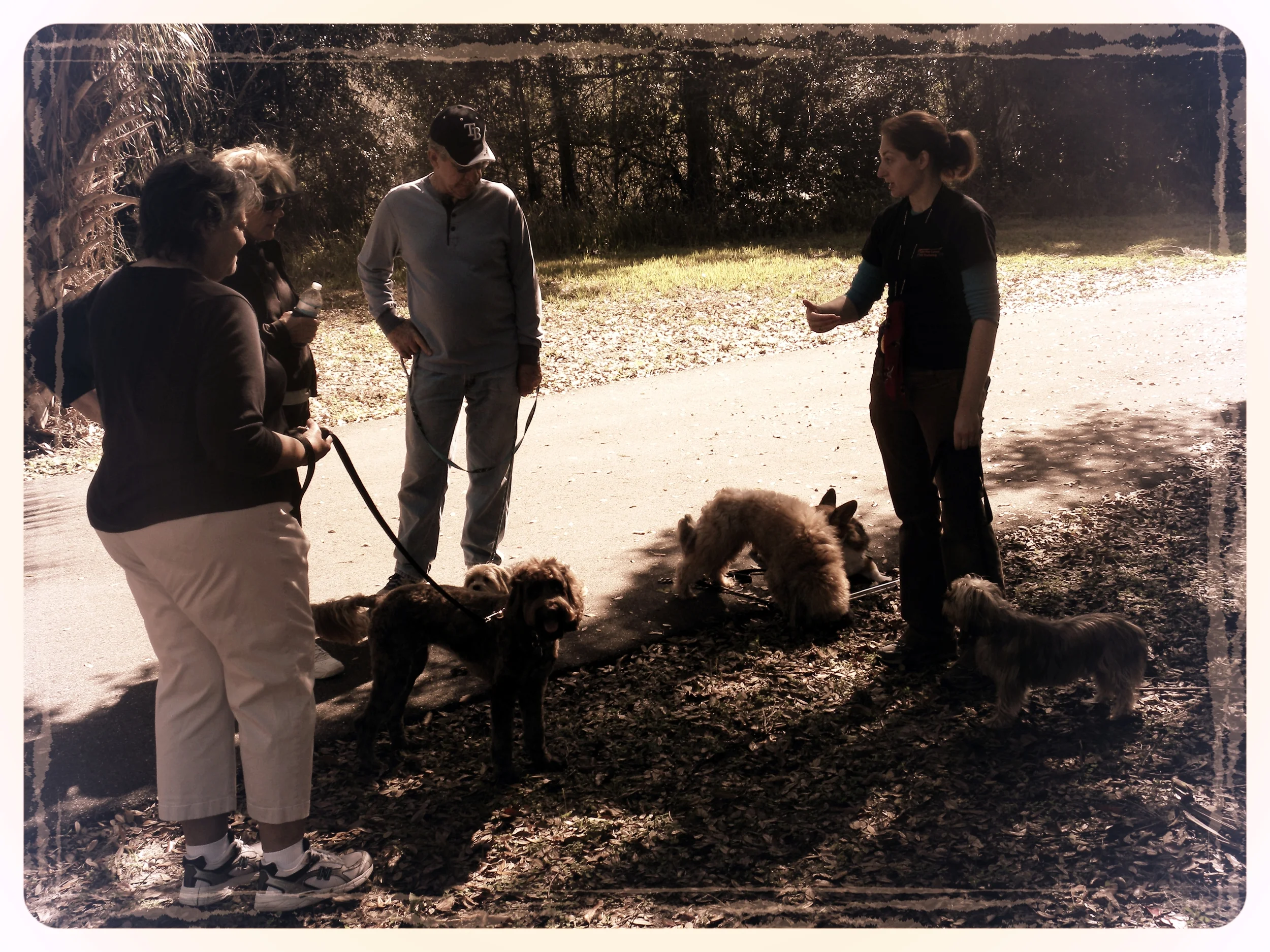Dog handling has often been compared to horse handling--the way you must feel the animal through the lead. I want to take a moment to compare it to something different--only because some people may have never ridden a horse, or like me, were not very good at it!
Most people have driven a stick shift before--you know, a car that you have to change the gears to get moving. You definitely see more automatic transmissions on the road, and why wouldn't you? They are WAY more convenient. You don't have to pay attention to anything except for the cars around you and pushing the gas or break pedal. You don't have to worry about giving too much or too little touchy clutch pressure as you change gears. I was horrible at driving a stick shift and would stress big time about stalling out, which I did often! It was a jolty, uncomfortable ride when I was driving--no fun for passengers or people driving around me! Now, have you ever seen someone who knows how to drive a stick shift DRIVE that car? It's so smooth--like they are one with the car! They have a feel for when the car needs to shift, and they make the move. Flawless. It's pretty awesome!
SO! What does this have to do with dogs, you ask? The first time I ever saw Cesar Millan walking a pack of dogs on the Dog Whisperer I was blown away. All of those dogs, beside or behind him, and he was in the front not even looking at them. When I walked my dog I had to stare at him the whole time, drag him away from whatever nastiness he was trying to eat or roll in on the sidewalk, not to mention he pulled me all over the place. How in the world could someone walk that many dogs and I was struggling with controlling my ONE dog? Since walking my dog was something I did every day, much like driving a car, I knew I needed to figure it out! I watched a ton of episodes and followed his advice of making the dog stay at your side by interrupting him from pulling ahead or away. Soon I began to develop a feel for my dog. Where before, when he was pulling ahead of me, walking him always felt the same--constant tension and pressure on the leash and my arm. Now there was no tension on the leash, so I could FEEL when he was pulling ahead and I'd stop him. I could FEEL when he was lagging behind or pulling to the side, and I would redirect him. I could even tell if he picked up his pace to chase a squirrel, lizard, or react to an oncoming dog because I could FEEL the change in the leash. It was incredible! I felt like my dog and I were connected as one unit. He also was more tuned in to me, looking up at me after I gave him some leash pressure for whatever it was that I interrupted him from. I was able to bring his focus back to me, and our walk. I felt AWESOME!!! Then, as I brought more dogs into my home and started my training career, the "feel" continued as I walked packs of dogs. Without looking, I can tell what's going on at the end of the leash. I felt like one of those people who know how to drive a stick shift. In gear and in the groove.
There are no "automatic transmissions" when it comes to dogs--they are all over the place, won't do what we want, or get into the right state of mind (gear!) that we need if we don't practice and develop that FEEL. Once you have it, you know it, and you'll never feel the same way about walking your dog ever again :)








